What constitutes a ‘document’ and how does it function?
According to the Oxford English Dictionary, the etymological origin is the Latin ‘documentum’, meaning ‘lesson, proof, instance, specimen’. As a verb, it is ‘to prove or support (something) by documentary evidence’, and ‘to provide with documents’. The online version of the OED includes a draft addition, whereby a document (as a noun) is ‘a collection of data in digital form that is considered a single item and typically has a unique filename by which it can be stored, retrieved, or transmitted (as a file, a spreadsheet, or a graphic)’. The current use of the noun ‘document’ is defined as ‘something written, inscribed, etc., which furnishes evidence or information upon any subject, as a manuscript, title-deed, tomb-stone, coin, picture, etc.’ (emphasis added).
Both ‘something’ and that first ‘etc.’ leave ample room for discussion. A document doubts whether it functions as something unique, or as something reproducible. A passport is a document, but a flyer equally so. Moreover, there is a circular reasoning: to document is ‘to provide with documents’. Defining (the functioning of) a document most likely involves ideas of communication, information, evidence, inscriptions, and implies notions of objectivity and neutrality – but the document is neither reducible to one of them, nor is it equal to their sum. It is hard to pinpoint it, as it disperses into and is affected by other fields: it is intrinsically tied to the history of media and to important currents in literature, photography and art; it is linked to epistemic and power structures. However ubiquitous it is, as an often tangible thing in our environment, and as a concept, a document deranges.
the-documents.org continuously gathers documents and provides them with a short textual description, explanation,
or digression, written by multiple authors. In Paper Knowledge, Lisa Gitelman paraphrases ‘documentalist’ Suzanne Briet, stating that ‘an antelope running wild would not be a document, but an antelope taken into a zoo would be one, presumably because it would then be framed – or reframed – as an example, specimen, or instance’. The gathered files are all documents – if they weren’t before publication, they now are. That is what the-documents.org, irreversibly, does. It is a zoo turning an antelope into an ‘antelope’.
As you made your way through the collection,
the-documents.org tracked the entries you viewed.
It documented your path through the website.
As such, the time spent on the-documents.org turned
into this – a new document.
This document was compiled by ____ on 17.06.2023 16:52, printed on ____ and contains 29 documents on _ pages.
(https://the-documents.org/log/17-06-2023-5366/)
the-documents.org is a project created and edited by De Cleene De Cleene; design & development by atelier Haegeman Temmerman.
the-documents.org has been online since 23.05.2021.
- De Cleene De Cleene is Michiel De Cleene and Arnout De Cleene. Together they form a research group that focusses on novel ways of approaching the everyday, by artistic means and from a cultural and critical perspective.
www.decleenedecleene.be / info@decleenedecleene.be - This project was made possible with the support of the Flemish Government and KASK & Conservatorium, the school of arts of HOGENT and Howest. It is part of the research project Documenting Objects, financed by the HOGENT Arts Research Fund.
- Briet, S. Qu’est-ce que la documentation? Paris: Edit, 1951.
- Gitelman, L. Paper Knowledge. Toward a Media History of Documents.
Durham/ London: Duke University Press, 2014. - Oxford English Dictionary Online. Accessed on 13.05.2021.

In Walter Benjamin’s The Arcades Project, Convolute Q is dedicated to the panorama. Benjamin writes: ‘Setup of the panoramas: View from a raised platform, surrounded by a balustrade, of surfaces lying round about and beneath. The painting runs along a cylindrical wall approximately a hundred meters long and twenty meters high. The principal panoramas of the great panorama painter Prévost: Paris, Toulon, Rome, Naples, Amsterdam, Tilsit, Wagram, Calais, Antwerp, London, Florence, Jerusalem, Athens. Among his pupils: Daguerre’ (Q1a, 1).
Benjamin, W. The Arcades Project (H. Eiland & K. McLaughlin, trans.). Cambridge/London: The Belknap Press of Harvard University Press, 2002, p. 528.
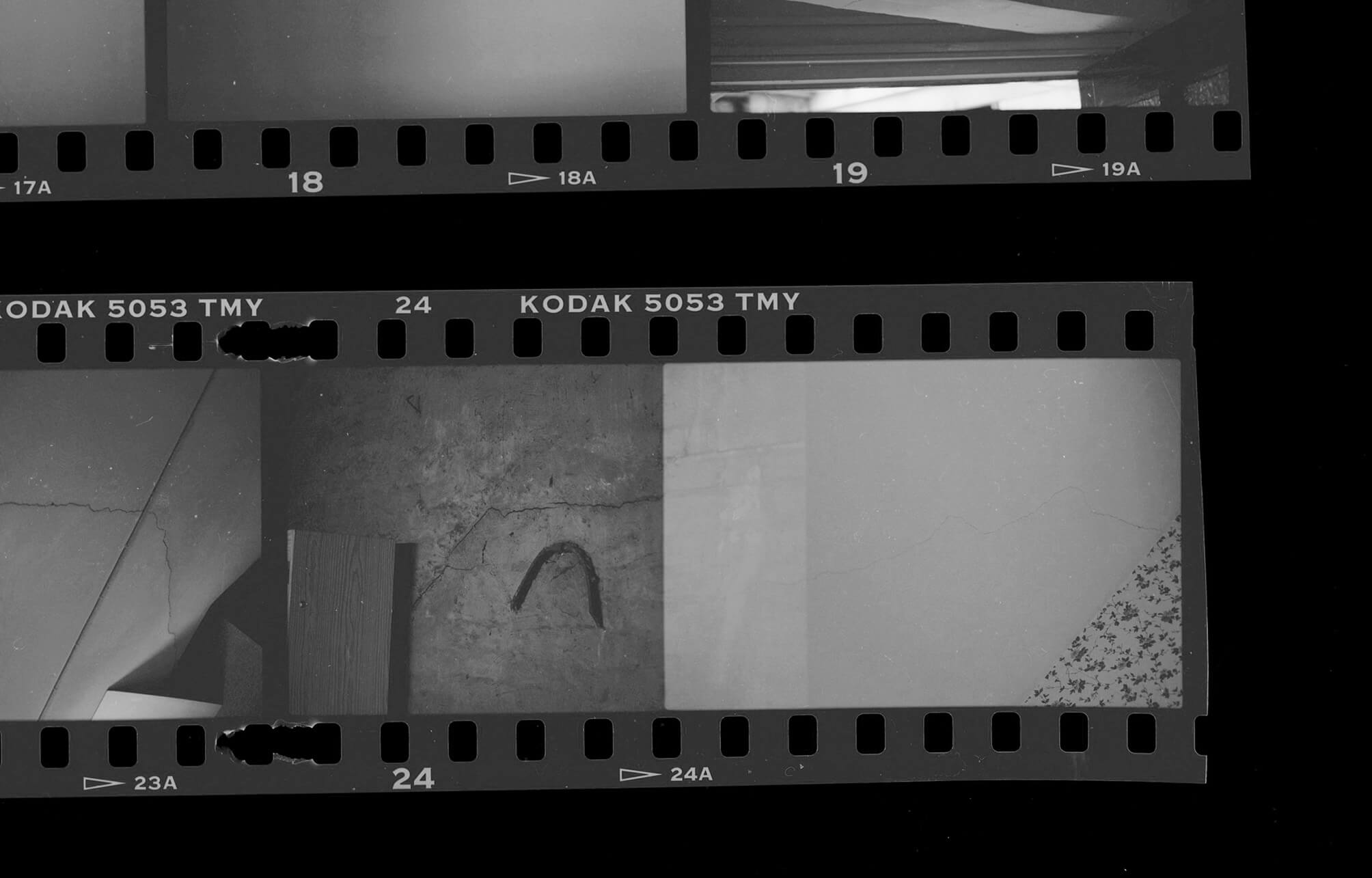
Due to strict regulations during the COVID-19-pandemic, the yearly vehicle inspection had to be scheduled by appointment. Getting ready to drive to the DMV, the car wouldn’t start. It had rained heavily, the preceding days. The day before the DMV-appointment, water had come running into the car on pushing the pedals. My socks were wet.
I called the DMV to say I needed to cancel the appointment and make a new one (but that the car, besides not being able to drive, was perfectly fine, vehicle-inspection-wise).
Later that day, we got the engine up and running again, using jumper cables and a second car, so we would be able to drive to meet the midwife the next day.
Renault Clio. Instructieboekje. 2012. PDF-file
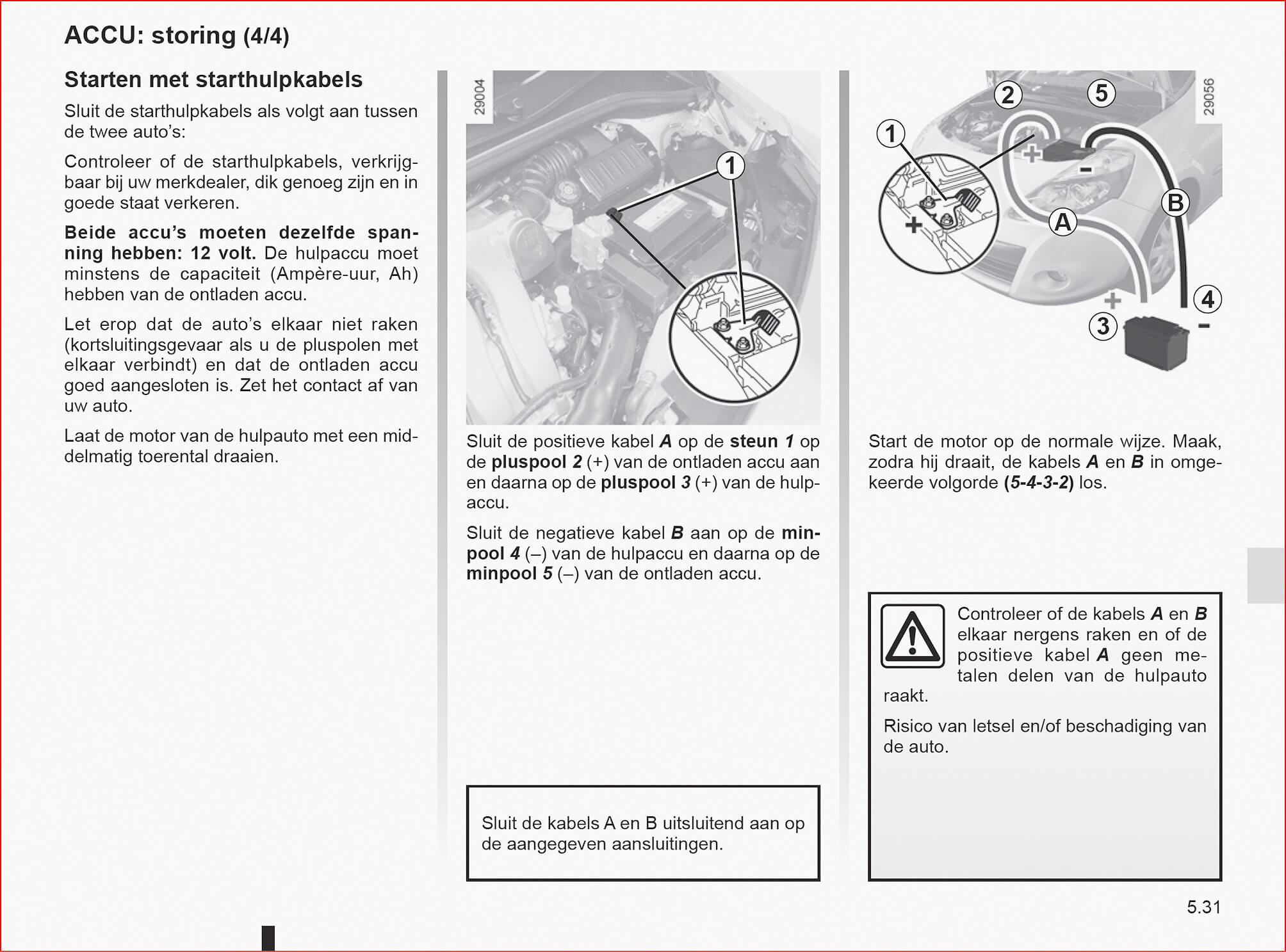
Depending on the language one chooses, the Wikipedia entry for ‘document’ shows a different picture. The French-language page shows what appears to be a Slovenian thesis written in 1984. The caption states it is a ‘book of Czechoslovak computer science author Květoslav Šoustal about computer networks’. The image was uploaded by Kelovy, a Slovakian mushroom-picker.
The anonymous hand rests on a lemon-yellow tablecloth, on which a yellow book and a blue binded file lie. The top left corner is the most intriguing, however: the tablecloth seems to be draped over a lemon, alongside a drinking glass. The cloth, however, does not get shaped by the lemon. Nor does the shadow-side of the lemon coincide with the shadow the other documents throw on the tablecloth. A closer look seems to indicate that the lemon is in fact an image of a lemon, printed on a plastic napkin.
The Russian wikipedia shows the image of a lease agreement. The German wikipedia for ‘document’ is text only.
https://fr.wikipedia.org/wiki/Document#/media/Fichier:KVETOSLAV_SOUSTAL_BOOK.JPG, created October 3, 2006 / original in original: paper, 1984

The Bahrain Formula 1 Grand Prix takes place every year since the track’s inauguration in 2004 – except for 2011 when the race was cancelled due to protests in the wake of the Arab Spring. To prevent sand from covering the track and entering the air-ducts and engines, the sand near the track is sprayed with an adhesive to keep it from blowing around.
The cloud of sand in the picture (made near Avenue 61 on an artificial island close to Seef) was made by kicking it into the frame while M.R. and M.D.C. had to stop and wait for a truck that was being towed after the driver lost control over the vehicle and flipped it onto its side. Days earlier M.D.C. had tried to make a photograph of the F1-track, but couldn’t get close enough to make a decent picture.
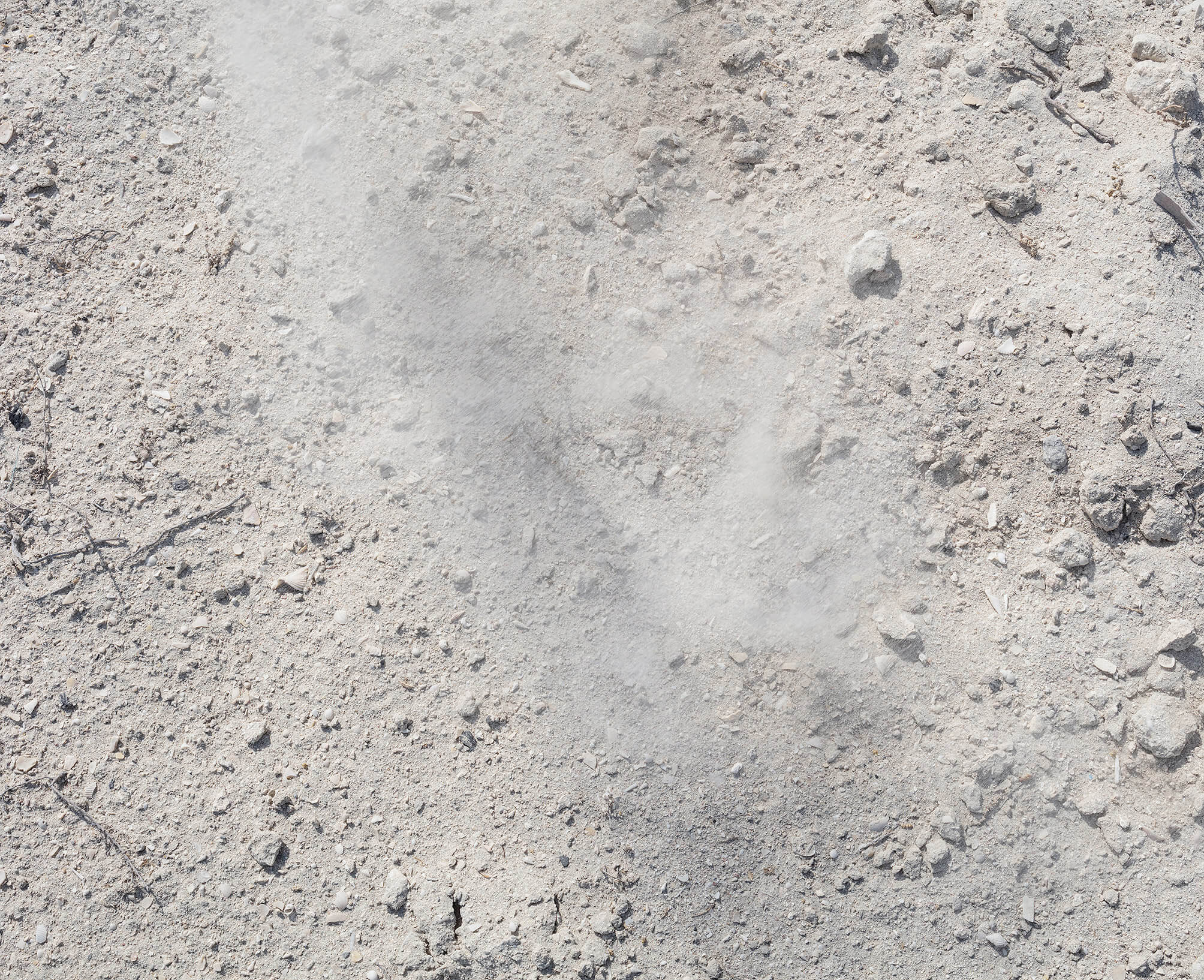
On the second to last evening before we head home, we go for dinner at Suzanne’s house. She has invited a friend, a national deputy for the region where she grew up. We eat fish and patates douces. We drink beer. The deputy’s secretaries – there are three of them – closely inspect the worn manuscript we hand them. In blue ink: proverbs of their region, written by my girlfriend’s grandfather in local Kikongo language. In red: a Dutch translation. They laugh. A month later, the deputy will become Vice-minister of Internal affairs. The proverbs get marked by fresh grease stains.

In Walter Benjamin’s The Arcades Project, Convolute Q is dedicated to the panorama. Benjamin writes: ‘Setup of the panoramas: View from a raised platform, surrounded by a balustrade, of surfaces lying round about and beneath. The painting runs along a cylindrical wall approximately a hundred meters long and twenty meters high. The principal panoramas of the great panorama painter Prévost: Paris, Toulon, Rome, Naples, Amsterdam, Tilsit, Wagram, Calais, Antwerp, London, Florence, Jerusalem, Athens. Among his pupils: Daguerre’ (Q1a, 1).
Benjamin, W. The Arcades Project (H. Eiland & K. McLaughlin, trans.). Cambridge/London: The Belknap Press of Harvard University Press, 2002, p. 528.

In June, 2014, a severe hailstorm hit Belgium. Warnings were broadcast. A football game between the national teams of Belgium and Tunisia was paused. The morning after, there were small dents in the hood and the roof of the car, each a square centimeter in size, some 10 centimeters separated from each other. The storm didn’t get a name.
Assessing the damage, the insurance company’s expert took the dents into account to establish the wreck’s worth.
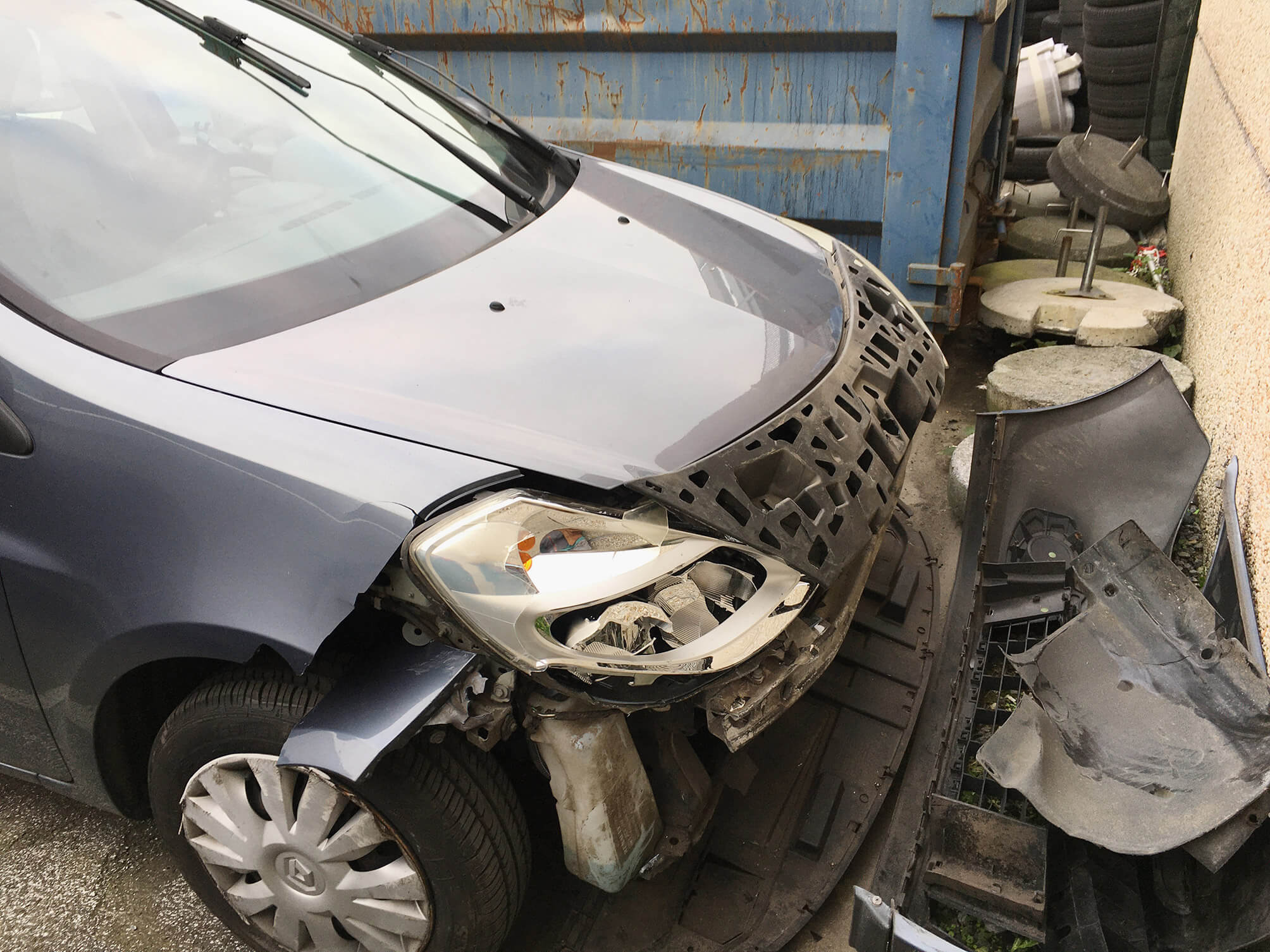
As a result of intense drainage of drinking water, an area around the Belgian city of Waver was designated as having a potential for land subsidence – the downward movement of the soil over an extended period of time. People in Waver were startled to find their town mentioned in an international study published in Science. Flemish newspaper De Standaard uncovered that the researchers had used an older study, published in 2005, which claimed that the soil in Waver had moved some five centimeters in a period of eleven years. Pictures of fissures in Waver-facades had been added to the original article.
Last year, cracks in our living room wall were covered up by placing plasterboard in front of the plastered brick wall. As such, we avoided having to paint the wall with the cracks and the marks left by the IKEA Billy bookcases.
https://science.sciencemag.org/content/sci/suppl/2020/12/29/371.6524.34.DC1/abb8549_Herrera_SM.pdf
https://www.standaard.be/cnt/dmf20210106_97889104
http://earth.esa.int/fringe2005/proceedings/papers/677_devleeschouwer.pdf

All chairs are empty, but all face something different. The bottom photograph shows empty chairs facing empty desks. In the middle picture, empty chairs face each other (underneath the inaudible sound of the cinema above). In the top photograph, the chairs seem to be facing the photographer. However, the altar’s in front of the photographer. He stands at the back of the provisional church. The chairs face the photographer and have turned their backs to the altar.
Revue Héraclite, 5 (1), april 1936, p. 7, paper, from the archive of architect O. Clemminck.
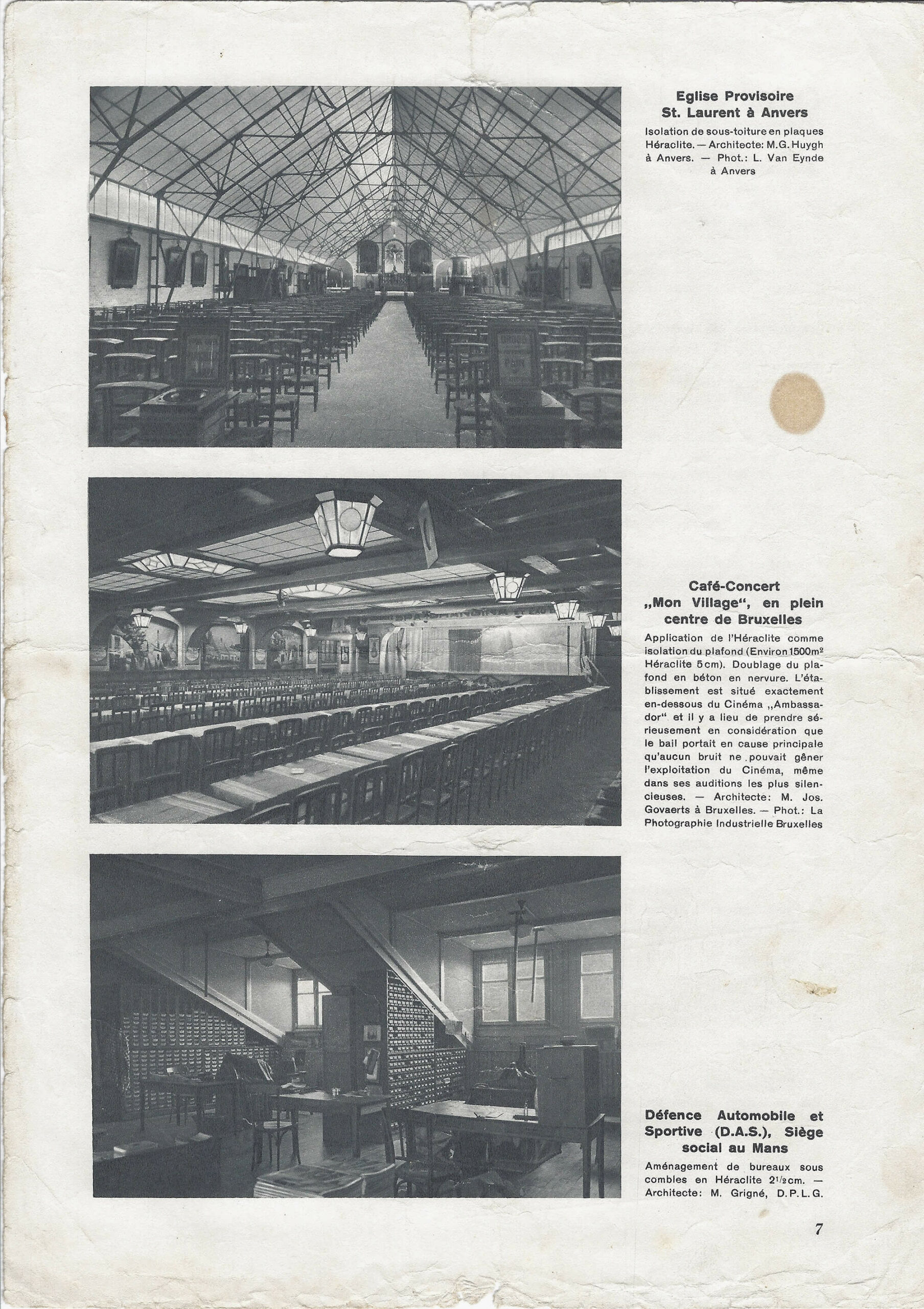
On the second to last evening before we head home, we go for dinner at Suzanne’s house. She has invited a friend, a national deputy for the region where she grew up. We eat fish and patates douces. We drink beer. The deputy’s secretaries – there are three of them – closely inspect the worn manuscript we hand them. In blue ink: proverbs of their region, written by my girlfriend’s grandfather in local Kikongo language. In red: a Dutch translation. They laugh. A month later, the deputy will become Vice-minister of Internal affairs. The proverbs get marked by fresh grease stains.

I bought my son a gift while abroad: a toy turtle named Essie whose perforated shield projects stars onto the ceiling in blue, green or amber. ‘8 actual star constellations’, the box proclaims.
The manual explains how to power up the turtle and what the four buttons on Essie’s back do. The small document (recto: Chinese, verso: English) concludes with some ‘Words from Little Turtle ESSIE’. In it the turtle shifts from direct speech to illeism1 and back.
The act of referring to oneself in the third instead of first person.
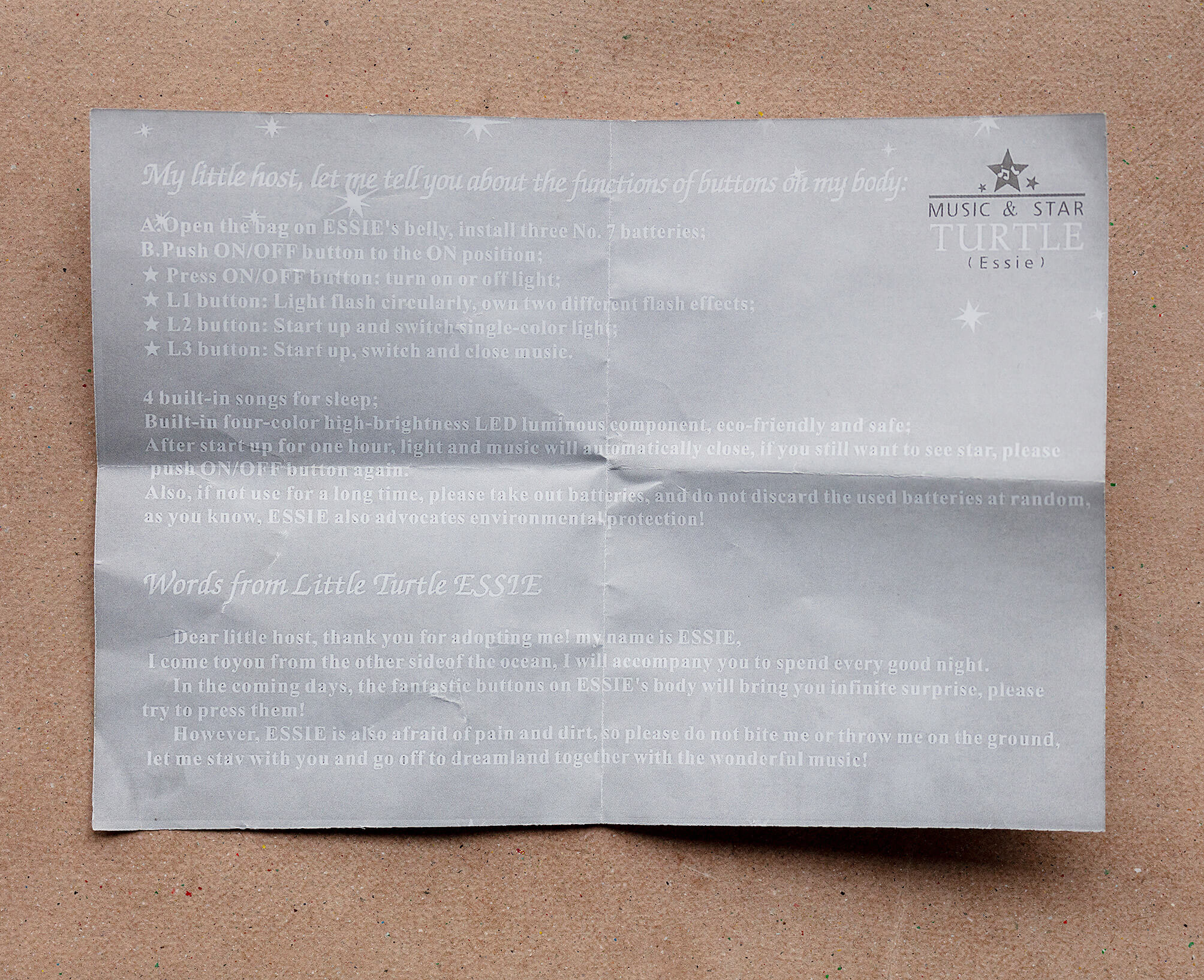
Depending on the language one chooses, the Wikipedia entry for ‘document’ shows a different picture. The French-language page shows what appears to be a Slovenian thesis written in 1984. The caption states it is a ‘book of Czechoslovak computer science author Květoslav Šoustal about computer networks’. The image was uploaded by Kelovy, a Slovakian mushroom-picker.
The anonymous hand rests on a lemon-yellow tablecloth, on which a yellow book and a blue binded file lie. The top left corner is the most intriguing, however: the tablecloth seems to be draped over a lemon, alongside a drinking glass. The cloth, however, does not get shaped by the lemon. Nor does the shadow-side of the lemon coincide with the shadow the other documents throw on the tablecloth. A closer look seems to indicate that the lemon is in fact an image of a lemon, printed on a plastic napkin.
The Russian wikipedia shows the image of a lease agreement. The German wikipedia for ‘document’ is text only.
https://fr.wikipedia.org/wiki/Document#/media/Fichier:KVETOSLAV_SOUSTAL_BOOK.JPG, created October 3, 2006 / original in original: paper, 1984

Besides the scale indicating the length in centimeters, and the marks made by using it, a folding ruler displays other marks. These are the marks found on the weber broutin www.weber-broutin.be folding ruler, from left to right:
- 2m (in a frame, between 1cm and 2cm); indicating the total length of the folding ruler.
- a hexagon, barely visible, punched into the wood (between 2cm and 3cm); unknown signification.
- LUXMA (in a frame, between 4cm and 5cm); the manufacturer of the folding ruler (different from the company who ordered the folding ruler, their (the company’s, i.c. weber-broutin’s) name is printed on the sides of the ruler, and is only readable when the ruler is folded together for at least 50% (=1m).
- III (in an oval, between 6cm and 7cm); indication of the preciseness of the scale in centimeters, with ‘I’ in roman numbers meaning the most precise, and ‘IV’ in roman numbers meaning the least precise. (It is therefore not entirely certain that the ‘III’ on weber-broutin’s folding ruler can actually be found between 6cm and 7cm.)
- D 99 (in an oval, probably between 7cm and 8cm, see argument mentioned above); unknown signification.
- 1.1.60 (in an oval, probably between 7cm and 8cm, beneath D 99), signification unknown.

In between two cities along the Belgian coast, water has run from the dunes (and the Second World War Heritage site scattered among them), underneath the coastal road and tram rails, to the beach. It has formed a small S-shaped estuary, bound to disappear due to the increasingly harsh wind coming from the coast of Britain, blowing North-easterly, and hammering down on the levee. The vibrations of the empty Ostend-bound tram passing just before the photograph was taken, had no visible impact on the estuary.

(‘Slice of more than three meters in diameter, sawn from a Mammoth-tree, given by California to the botanical garden of New York, and presented there’)
Thiery describes the ‘patriarchs’ of the plant world. This slice of a Sequoia, which fell in 1917 in Yosemite National Park, is 1694 years old. A woman of the New York Botanical Institue, where the slice of the patriarch is presented, counted the rings. If one would look at the picture with a magnifying glass, Thiery writes in a footnote, the reader (with good eyes and a fair amount of knowledge of the English language) would be able to read the labels indicating the important global events the tree witnessed. They are transcribed and translated by the author. The end of the Roman occupation of Great Britain. Columbus arriving in America. The Declaration of Independence. This is a lie: the text is illegible, even when using a magnifier.
In the photograph, the slice, as on view in the New York Botanical Institute, is presented upright. To prevent it from rolling away, two small triangular slices of wood were posited at the left and right side of the slice. The type of wood of these slices, nor the age of the patriarch from which they stem, are known.
Thiery, M. Het woud. Een proeve van plantenaardrijkskunde. Gent: De Garve, s.d., p. 59.

Recreational airfield at Grimbergen, webcam footage.
09:10:00The frame shows the first movement on the terrain. The gate has been opened, the barrier lowered. A black car is in the back. In the forefront, aviation signs on the ground: a yellow cross on a surface painted red; an arrow in a 90° angular shape; two circles connected by a line; a T-shaped line.
09:20:00Two men talking, each one on one side of the barrier. The man on the side of the airstrip has two dogs with him. The aviation signs have changed: the arrow is gone; the horizontal bar of the T-symbol has moved to the other side of the vertical line; one yellow line that made up the cross on the red surface is gone, leaving one yellow diagonal line.
10:09:01A small white aircraft (the two men and the dogs are gone).
10:20:01The aircraft in the same position, with what seems to be an open roof.
10:40:00Aircraft leaving the gas station where it was before.
11:10:01A white car at the gas station, where previously the aircraft was stationed; a silhouette of a man, perhaps.
11:30:01White car gone.
11:50:01Small white aircraft at the gas station; man in red jacket next to the aircraft. Not clear if it is the same aircraft seen in frame 10:09:01.
12:10:01Aircraft appears to be heading for take-off.
12:20:01Aircraft gone.
12:40:01White dots on the grass that appear to be birds.
14:10:00First precipitation: snow, visibility lessens.
14:20:00More snow, wind is stronger; someone has replaced the yellow stripe so that, again, a yellow cross is formed on the red background.
15:10:00The grass and the concrete get increasingly white. No aircrafts, vehicles or persons can be discerned. The aviation signs beneath the thin-layered snow are still visible, and unaltered.
Every so often architects ask me to photograph projects of theirs under a blanket of snow. Snow-days are rare around here. In an attempt to avoid a futile drive along roads in winter conditions, I check webcams near the project-to-be-photographed before setting out.
Webcam Grimbergen, meteobelgie.be: https://www.meteobelgie.be/waarnemingen/belgie/webcam/272/grimbergen
http://www.rvg.be
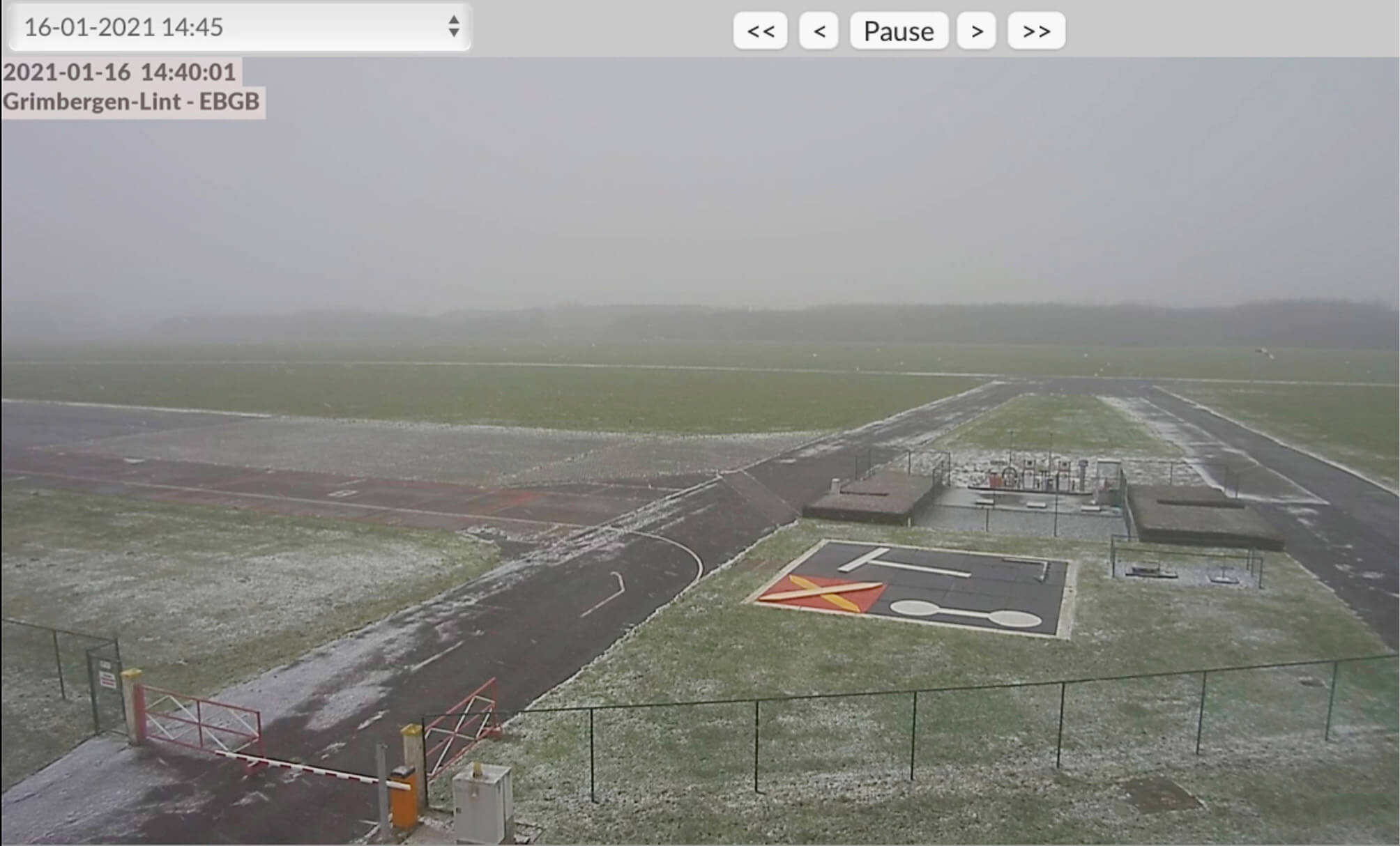
The road down from the top of Mount Vesuvius, at Atrio Del Cavallo. The sun sets. The last tourist bus has headed down. Then the headlights of the guardian’s car swing their way down. It must be freezing. I am holding an orange-sized piece of petrified lava, probably stemming from the 1872 or 1944 eruption. A kilometer further down the road, the old Observatory is empty. Nowadays, monitoring seismic changes is done in a research centre in the city of Naples. Their seismographic registrations can be followed online, in real time. Two headlights swirling along the slopes, underneath me, are coming upwards.

A Sunday stroll near my parents’ house. Along one of the roads between the fields, old poplars have been felled. Young trees have been planted. Each one has a baby blue coloured label, identifying them as Poplar tree, and, more specifically, the ‘Vesten’ cultivar. This cultivar is planted since it is one of the cultivars known for its resistance with regards to bacteria, diseases and insects. The tags on the trunks have staples keeping them together. They’re like bracelets. Come spring, the expanding diameter of the fast growing poplar species’ trunk will tear them apart.
Steenackers, M., Schamp, K., & De Clercq, W. (2018). De INBO variëteiten van populier, een aanwinst voor de Europese populierenteelt. Silva belgica : tijdschrift van de koninklijke belgische bosbouwmaatschappij = bulletin de la société royale forestière de belgique, N°4/2018, 40-47. [5].
https://purews.inbo.be/ws/portalfiles/portal/15044340/Dossier_populier_INBO_KBBM.pdf

A year before the crash, Swiss artist Charlotte Stuby designed a tailor-made cover for the car. The dents caused by the unfortunate hailstorm weren’t visible. The work, called Gone Fishing, was on view during an open air exhibition on the theme of the parking lot. Heavy wind had caused the temporary traffic signs on the parking lot, left there by the city services, to tip over. One hit a car and caused a scratch. It was unclear if this would be something the insurance company would accept. We attached Stuby’s cover a second time. Parking fines flew irregularly across the lot.
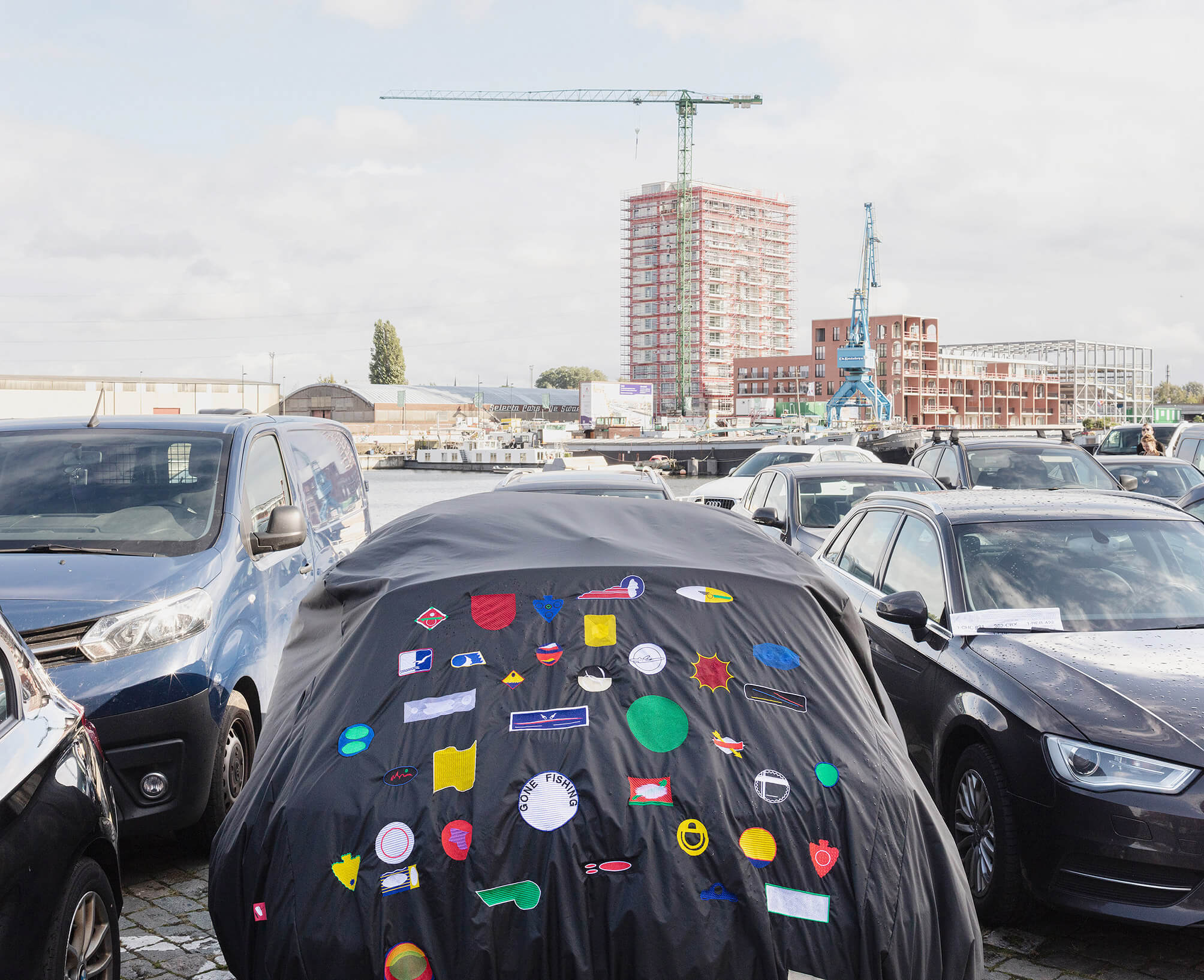
Summer 2019, between the swingset and the mesh greenhouse, astrophotographer Angelo Van Daele closes the observatory. The wheels roll smoothly across the rails embedded within a concrete slab. His former observatory is now a chicken coop. His neighbour’s trees need pruning. The camera mounted on the exterior of the shed allows him to see the instrument from inside the house.
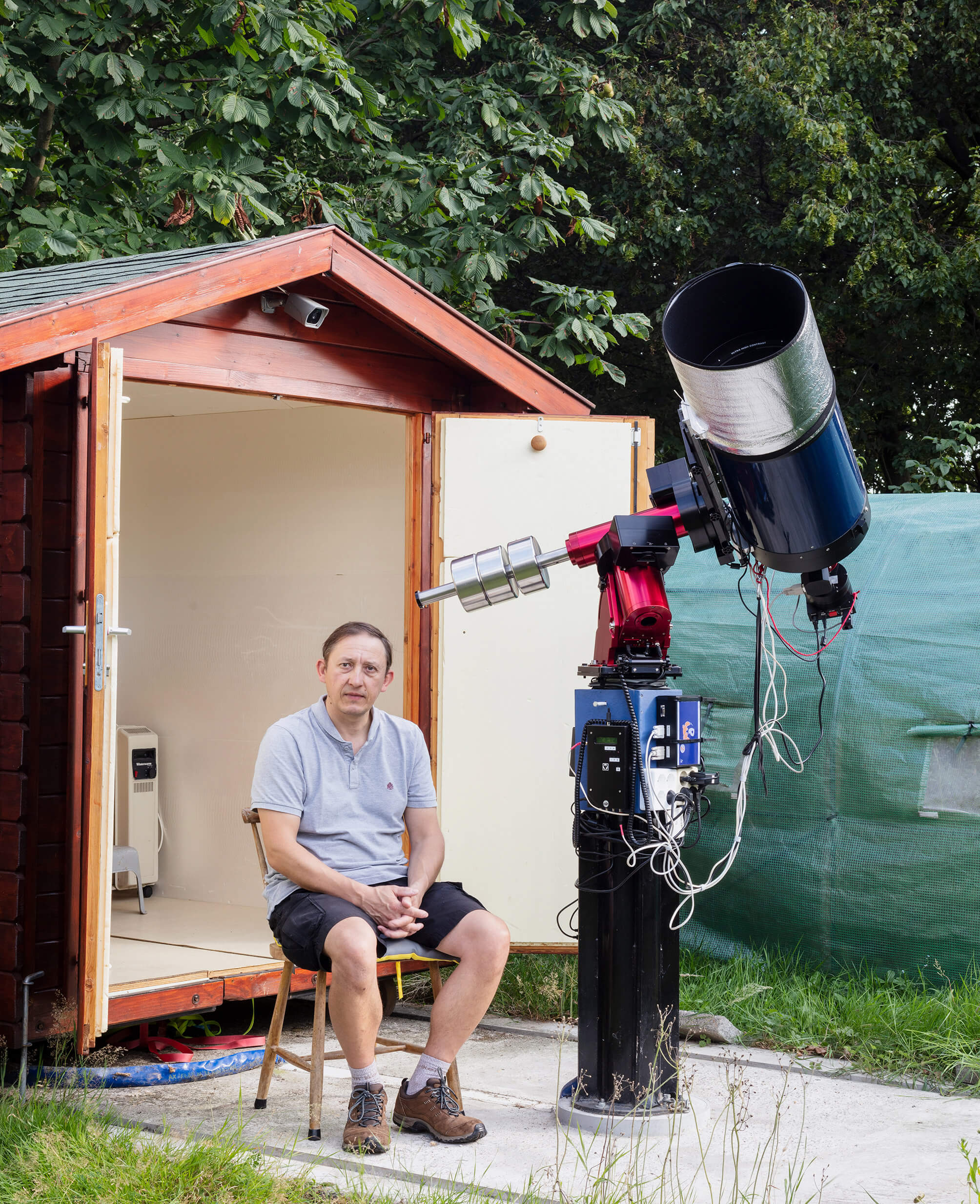
A scene in German author and director Alexander Kluge’s Die Patriotin: a half-dome opens; the protagonist, Gabi Teichert, stares into the telescope. A montage follows: the waxing crescent moon coming into focus; a night vision of a cityscape with industrial elements; archival footage of a cityscape with skyscrapers during daytime; a giant fire; a woman giving birth aided by a midwife; raindrops falling into a puddle of water; a time-lapse video of a city at sundown; a ship floating by with, in the background, on the shore, windmills; images of tanks rolling by; close-ups of a purple-lit face of someone looking into the camera; archival footage of an air raid.1, 2
In a conversation with Ben Lerner, Kluge sees himself as someone ‘creating constellations’: ‘We deal with moving bodies. “Moving reality.” […] And this is something that you cannot present in a linear way, but in the form of constellations. “Constellation” refers to cosmic matter and gravitation. There are suns, moons, planets. There are also the dust particles, tiny particles that orbit around the sun for centuries according to physical laws. And there’s no hinge, no screw that connects them. Invisible connections.’3
Kluge, A. (dir.) Die Patriotin. München: Kairos Film, 1979. https://youtu.be/ZRuQ3SUgSSk?t=449
Kluge, A. Die Patriotin. Texte/Bilder 1-6. Frankfurt am Main: Zweitausendeins, 1979, 60-64. https://monoskop.org/images/4/49/Kluge_Alexander_Die_Patriotin.pdf
Lerner, B. & Kluge, A. The Snows of Venice. The Lerner-Kluge-container. Leipzig: Spector Books, 2018, 66.
Excerpt from Towards Civil Dusk (De Cleene De Cleene, 2020)

When the Sun, the Earth and one of the outer planets of the Solar System perfectly align, with the Earth positioned in the middle, the outer planet is said to be ‘in opposition’. It’s a moment of planetary approach and of optimal viewing conditions: the Earth and the outer planet are at their closest and brightest.
Neptune in opposition [1-20] is part of ‘Documenting Objects’, a research project by Arnout De Cleene and Michiel De Cleene at KASK & Conservatorium, the school of arts of HOGENT and Howest. Their research is financed by the HOGENT Arts Research Fund. Previous research into this subject has amongst other things led to the documentary film Towards Civil Dusk (2020) and temporary public observatories at 019, Gent and Kunsthal Extra City, Antwerp.

This stack of seaweed was offered by Henning, a farmer of the wonderful island of Laeso. This matriarchal pirate island, north of Denmark, is known for its tradition of building roofs from the seaweed growing in the surrounding salty water. Back in time, women would harvest and slowly weave the material around wooden beams from shipwrecks. This time-consuming process and technique of building shelters from what comes from the sea engaged the population in working together, building a ritual around each construction. Then those wild, yet full-of-care roofs, conserved in salt, would last for hundreds of years.
When I arrived on his land, Henning told me about how he restores those old beauties, weaving fresh seaweed around old beams and pressing the collected old material into insulation panels for new buildings. We talked about the clay of his land and how seaweed can become a material for ceramics in the process of making glazes.
Clementine Vaultier’s interests, although trained as a ceramist, are in the warm surroundings of the fire rather than the production it engenders.

This bike regularly pops up on the streets of the Brussels neighbourhood where I live. On 4 June 2021, it stands in Rue Verte, in front of the entrance to the Reine Verte Park. The park is built on one of the steepest slopes in Brussels. That condition required a clever park design, in which you can hang out or walk from Rue Verte to Rue des Palais, up, or vice versa, down. The park is well cared for by city services.
The bike is an orange Sparta K-10. It has a remarkably low entry and high handlebars. As a result, it seems to be a comfortable bike, albeit one whose body posture while cycling is not geared to the gradient of our neighbourhood, in which it usually stands. Moreover, it has no gears and the saddle is very slanted.
Lars Kwakkenbos lives and works in Brussels and Ghent (B). He teaches at KASK & Conservatorium in Ghent, where he is currently working on the research project ‘On Instructing Photography’ (2023-2024), together with Michiel and Arnout De Cleene.
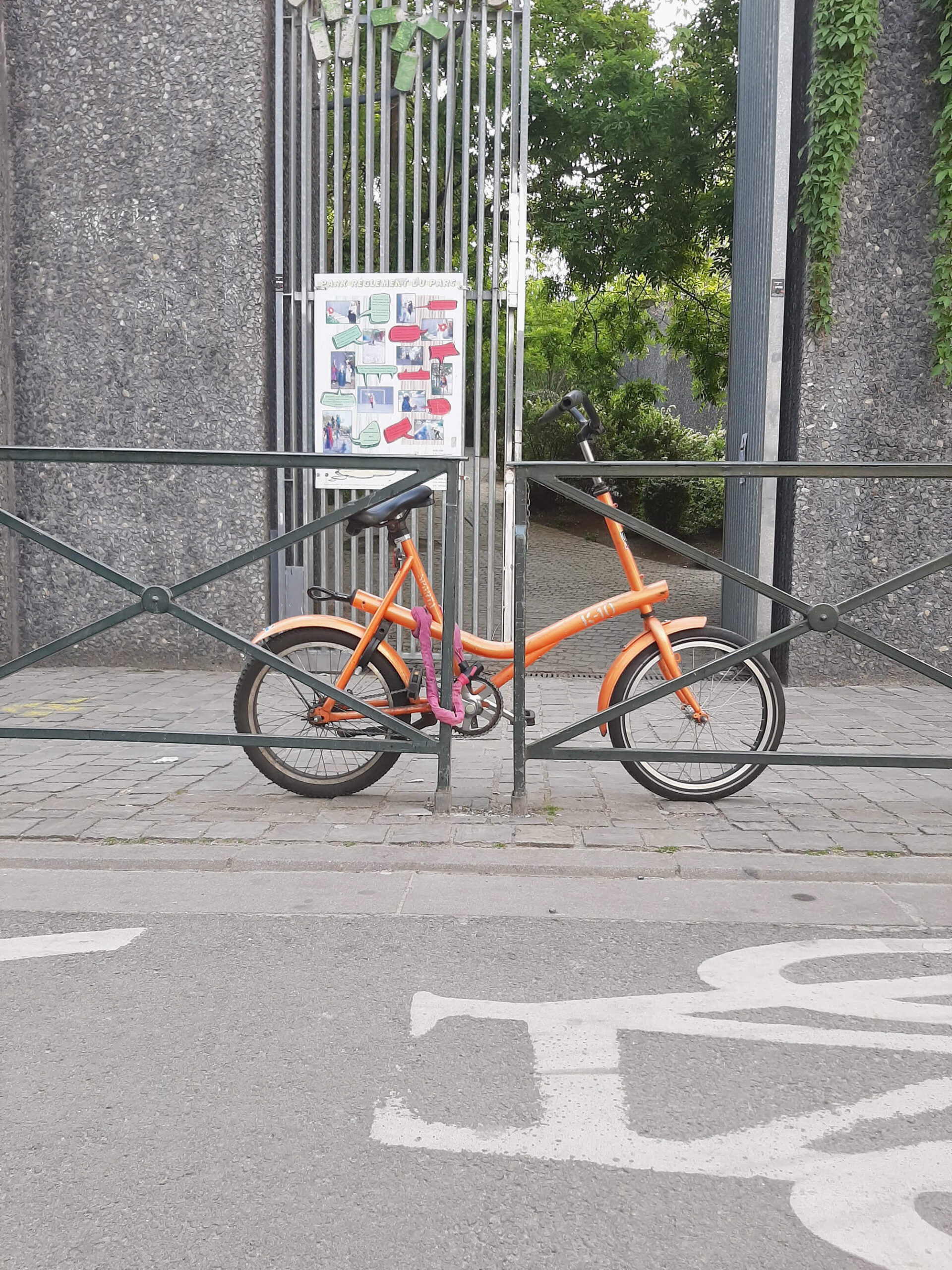
‘My backyard is oriented perfectly, I can see the entire southern sky without obstructions.
In two years, they will start building an apartment block, though, two floors high with a roof on top. The height is not a problem, but of course it does mean heat and potential turbulence. I just hope they will be well insulated.
This is what I like doing. I have never been interested in remote observations.1 In my backyard. I hear the geese flying overhead at night. An owl. The silence. I want to be near.’
In the photograph John Sussenbach is manipulating the telescope’s focus slightly during the recording.
To make better images, astrophotographers can rent time on a ‘remote observatory’: a fully equipped observatory located in a less light-polluted region and with a more stable atmosphere than the one the average amateur astronomer lives in. A command given from a computer directs a massive telescope in Chile towards a desired spot.
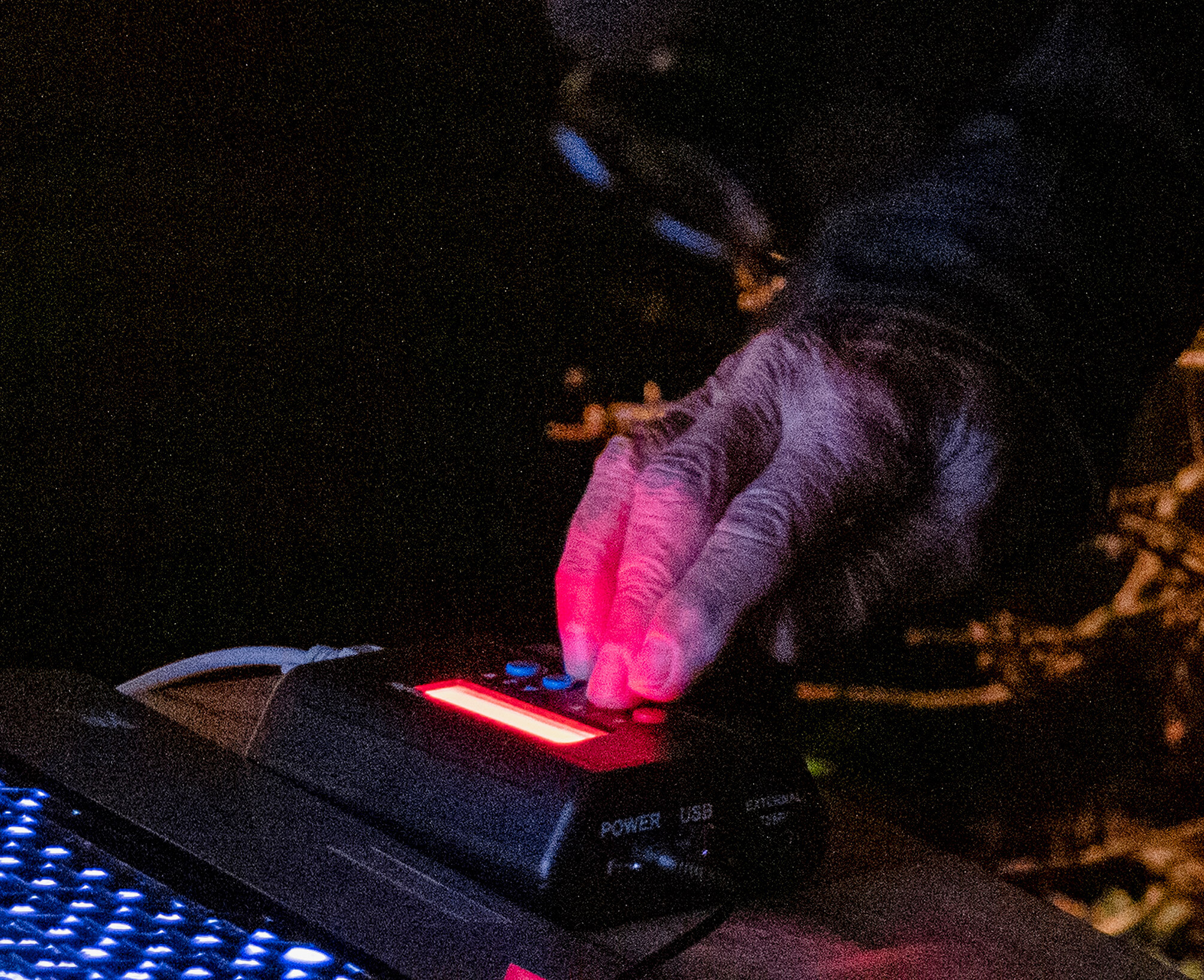
Coming back from holidays, we were waiting for the ferry to take us from Ramsgate to Ostend. We were well on time. As the ship entered the harbour, I asked my parents if I could take a photograph. It’s the first photograph I recall taking. I remember my dad telling me to wait long enough for the ship to get closer. I didn’t. I only got one try.1
It took a while before the film was developed. I couldn’t stop imagining what the photograph would look like: some picturesque waves in the foreground, the shining white ship, the red and blue text on the side, and a cloud filled sky.
Following every holiday, when we got home, the garden and our house would be photographed with the remaining exposures on the roll of film in the camera.
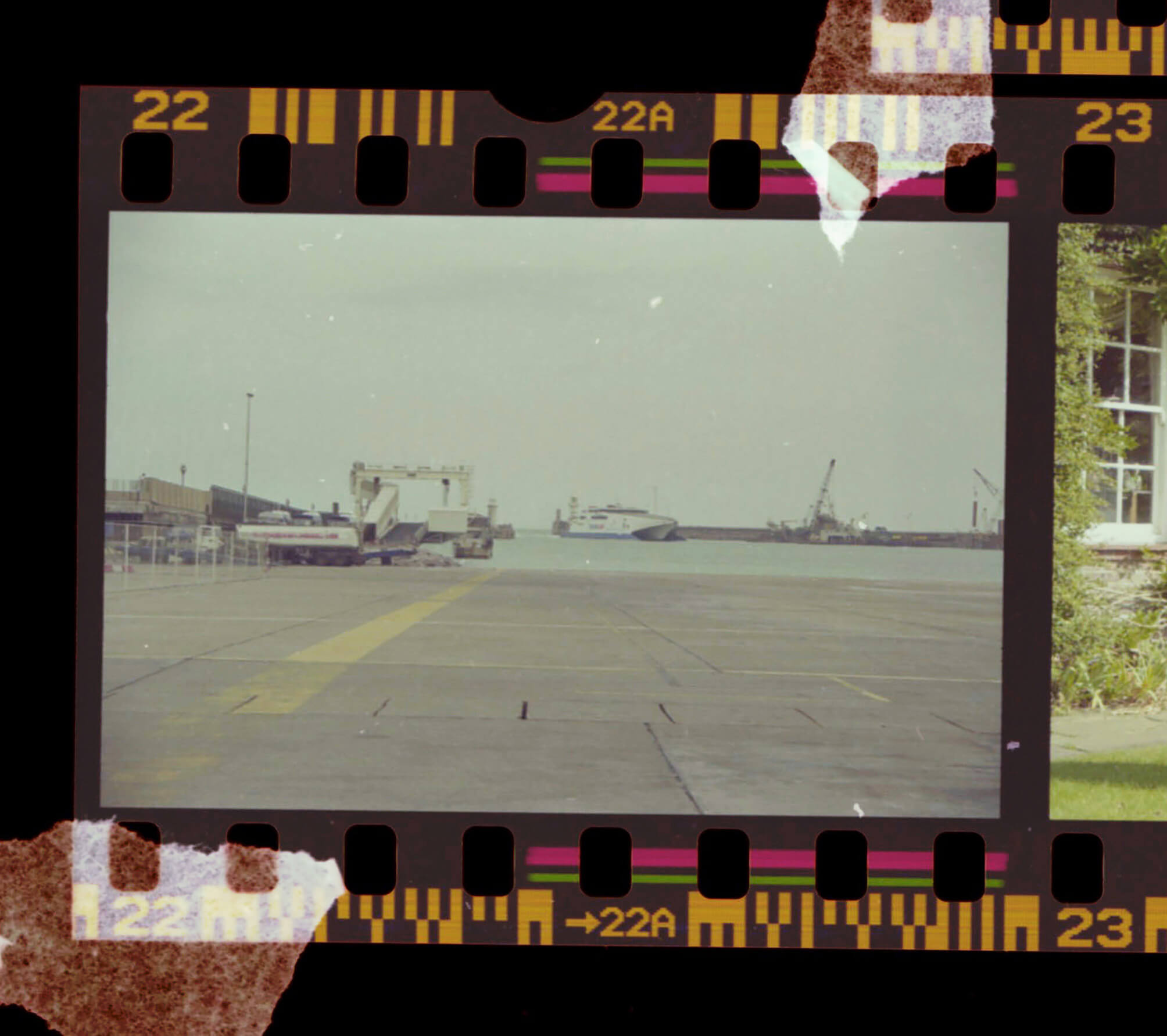
Jolimont, December 2021. The place is in ruins. We occupy the domain with students of La Cambre in an attempt to practice ceramics with what is there. In the former ceramic atelier, we gather everything that was purposelessly there: a weird collection of things from the past, waiting to be organized, displayed, used or thrown away.
The firing tool was made to take out the accumulating ashes from the firebox, to keep the air flowing in the oven, raising the temperature, reaching our ceramic-making goal of 1150°C. Not very efficient, time or heat resistant, this savage, yet poetic composition barely survived the firing.
The wooden handle was borrowed from a broom.
The scraper is a fragment of a chandelier previously hanging in one of the salons.
The connecting element is an old electrical resistor we found in one of the dismantled ovens.
Clementine Vaultier’s interests, although trained as a ceramist, are in the warm surroundings of the fire rather than the production it engenders.

In Veurne, at the bakery museum, old speculaas moulds are presented in an almost religious fashion. Looking at these wooden blocks, they appear to be the negatives to Romanesque sculptures.
How does it feel to be conserved and showcased when your nature is to be a tool? What would it mean to re-use them, to fill those empty moulds, to shape something new without altering the matrix, to project what it would be like, to try out recipes and different baking, to learn from it and enjoy the results together? What scenes are even depicted? We lost part of their meaning, we could dig further, browse the books, ask our grandparents and collectively invent whatever narrative they might hold.
Clementine Vaultier’s interests, although trained as a ceramist, are in the warm surroundings of the fire rather than the production it engenders.
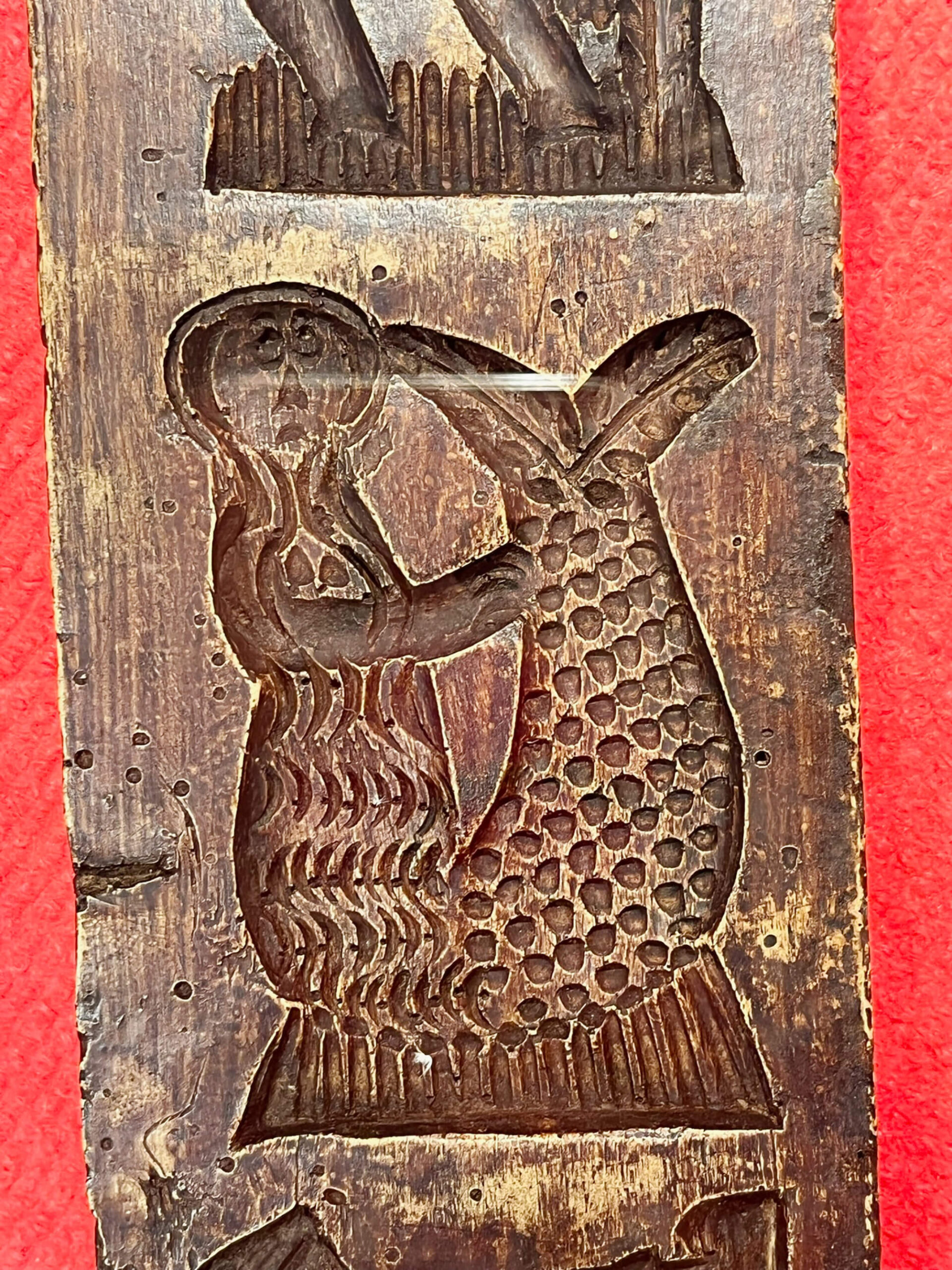
Here, on his kitchen table, Marcel Poulet, an expert on the stoneware tradition in the center of France, is explaining his archeological work on ‘whale ovens’.
I started collecting images and plans of ovens, for the beauty of those abstract technical lines and for what we can learn from them. In gathering the material that makes up this Atlas, and in sharing interests and knowledge, I learned that many people know about ovens, either in their homes, gardens, ateliers, factories, streets… Everyone transforms things through heat. Even bodies need warmth and produce some themselves.
Clementine Vaultier’s interests, although trained as a ceramist, are in the warm surroundings of the fire rather than the production it engenders.
